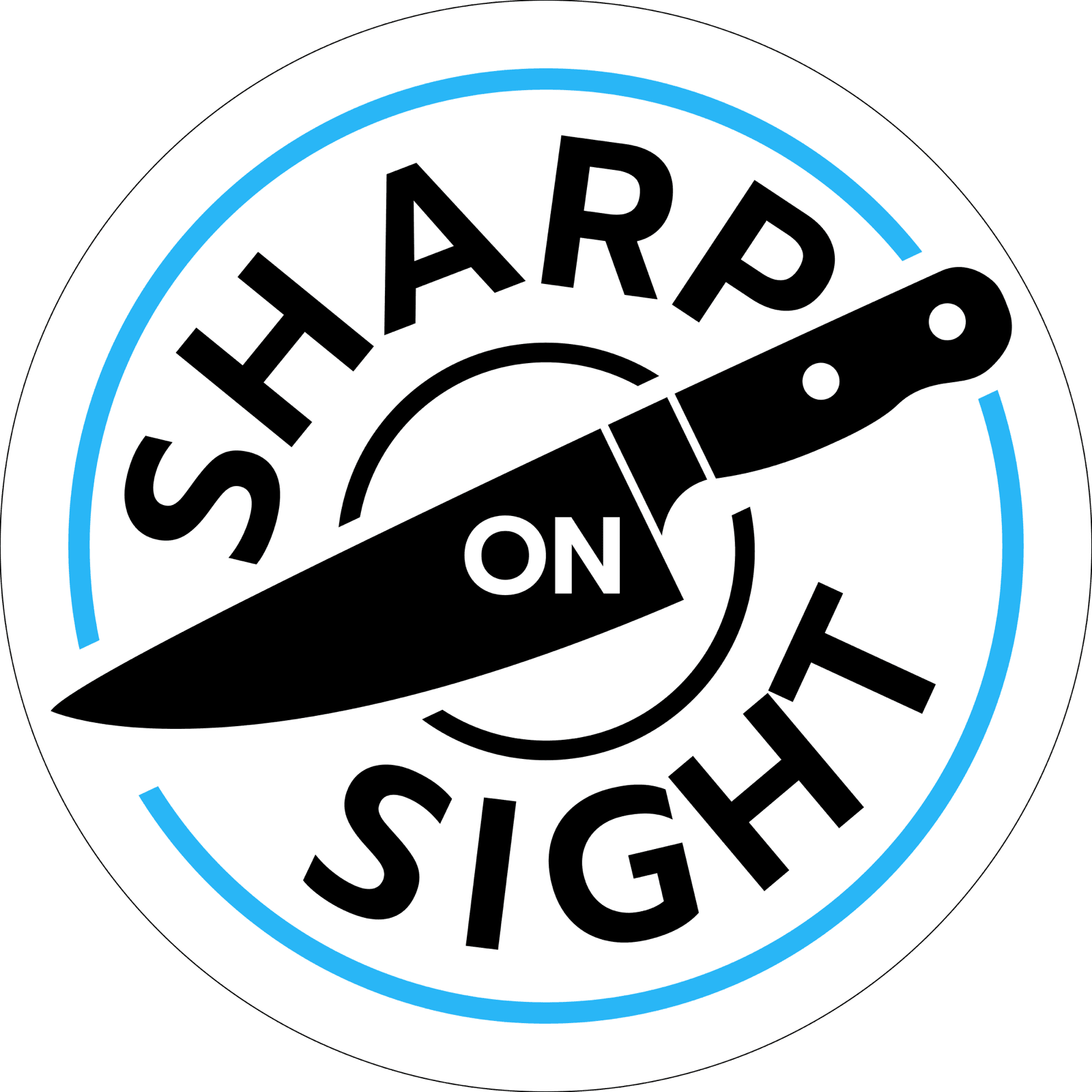The Art of Edge: Knowing When to Sharpen Your Knife

In the realm of culinary arts, outdoor adventuring, or even everyday utility, the sharpness of your knife plays a pivotal role in the efficiency and enjoyment of your tasks. A sharp knife is not just a tool; it's a companion that ensures precision, safety, and ease. But a common question often arises: "When should I sharpen my knife?" Understanding when sharpening knife becomes necessary is crucial to maintaining the optimal performance of your blade.
Recognizing the Signs: When to Sharpen Your Knife
The frequency of sharpening depends on various factors, including the type of knife, the material it's made from, how often it's used, and what it's used for. However, there are unmistakable signs that indicate it's time to give your knife some TLC.
- Dullness to the Touch: A sharp knife should effortlessly slice through paper or a ripe tomato without resistance. If your knife struggles or tears the material instead of slicing cleanly, it's a clear sign it needs sharpening.
- Visual Inspection: Look closely at the blade under a light source. Any nicks, dents, or reflections along the edge indicate a dull blade that needs attention.
- The Onion Test: If slicing an onion causes more tears than usual, it's not just the onion's fault. A dull knife crushes rather than cuts cleanly through the onion, releasing more irritants into the air.
- Increased Effort: When you find yourself applying more force than usual to cut through foods, it's a sign that your knife isn't as sharp as it should be. A sharp knife does the work for you, gliding through with minimal effort.
How to Tell If Your Knife Needs Sharpening
Apart from the signs mentioned, understanding the specifics of when sharpening knife is necessary involves a bit more insight into the condition of your knife's edge.
- The Paper Test: Hold a sheet of paper by one end and try to slice through it with your knife from top to bottom. A sharp knife will make a clean, straight cut. If the knife snags or can't cut smoothly, it's time for sharpening.
- The Thumb Test (Carefully): Gently run the pad of your thumb perpendicular (not along) the edge of the blade. You're feeling for burrs, flat spots, or a general lack of bite. Do not apply pressure, as this test is about sensing the sharpness, not testing your pain threshold.
Deciding to Sharpen: Making the Call
Once you've determined that your knife needs sharpening, the next step is deciding how to sharpen it. For minor dullness, honing with a steel can realign the edge and bring back some of its sharpness. However, for significantly dull blades or those with visible damage, a more thorough sharpening using a whetstone or professional sharpening service is recommended.
DIY Sharpening: A Brief Guide
If you're inclined to sharpen your knives yourself, here's a quick guide to get you started:
- Choose Your Sharpening Tool: Whetstones are a popular choice, offering different grits for various stages of sharpening. Start with a coarse grit to repair and shape the edge, then move to a finer grit to refine and polish.
- Prepare Your Stone: If using a whetstone, ensure it's wet. Soak water stones as per the manufacturer's instructions. Oil stones should be lubricated with honing oil.
- Find the Angle: Hold the knife at the correct angle against the stone. This is usually around 15-20 degrees for most kitchen knives. Maintaining a consistent angle is key to an evenly sharp edge.
- Sharpening Strokes: Using light pressure, slide the blade across the stone in a sweeping motion, pulling the knife towards you as you go from the base of the blade to the tip. Repeat this process on both sides of the blade, alternating after a few strokes.
- Test and Repeat: Use the paper test to check your progress. Continue sharpening until the knife easily slices through the paper.
Maintaining Your Edge: Prevention Is Better Than Cure
While knowing when to sharpen your knife is important, equally crucial is understanding how to maintain its sharpness:
- Use the Right Cutting Surface: Hard surfaces like glass or stone can dull your knife quickly. Opt for wooden or plastic cutting boards instead.
- Proper Storage: Avoid throwing your knife into a drawer with other utensils. Use a knife block, magnetic strip, or protective sheaths to prevent the blade from dulling prematurely.
- Regular Honing: Regularly honing your knife with a honing steel can realign the edge, keeping it sharp longer between sharpening sessions.
In conclusion, understanding when sharpening knife becomes a necessity is essential for anyone who relies on their knives for cooking, work, or the outdoors.
Message Sharp On Sight | Local Sharpening Pros
Ready for Razor-Sharp Precision?
Whether you're looking for a quote or just have a question, I'm here to help. Reach out, and let's bring those edges back to life.
